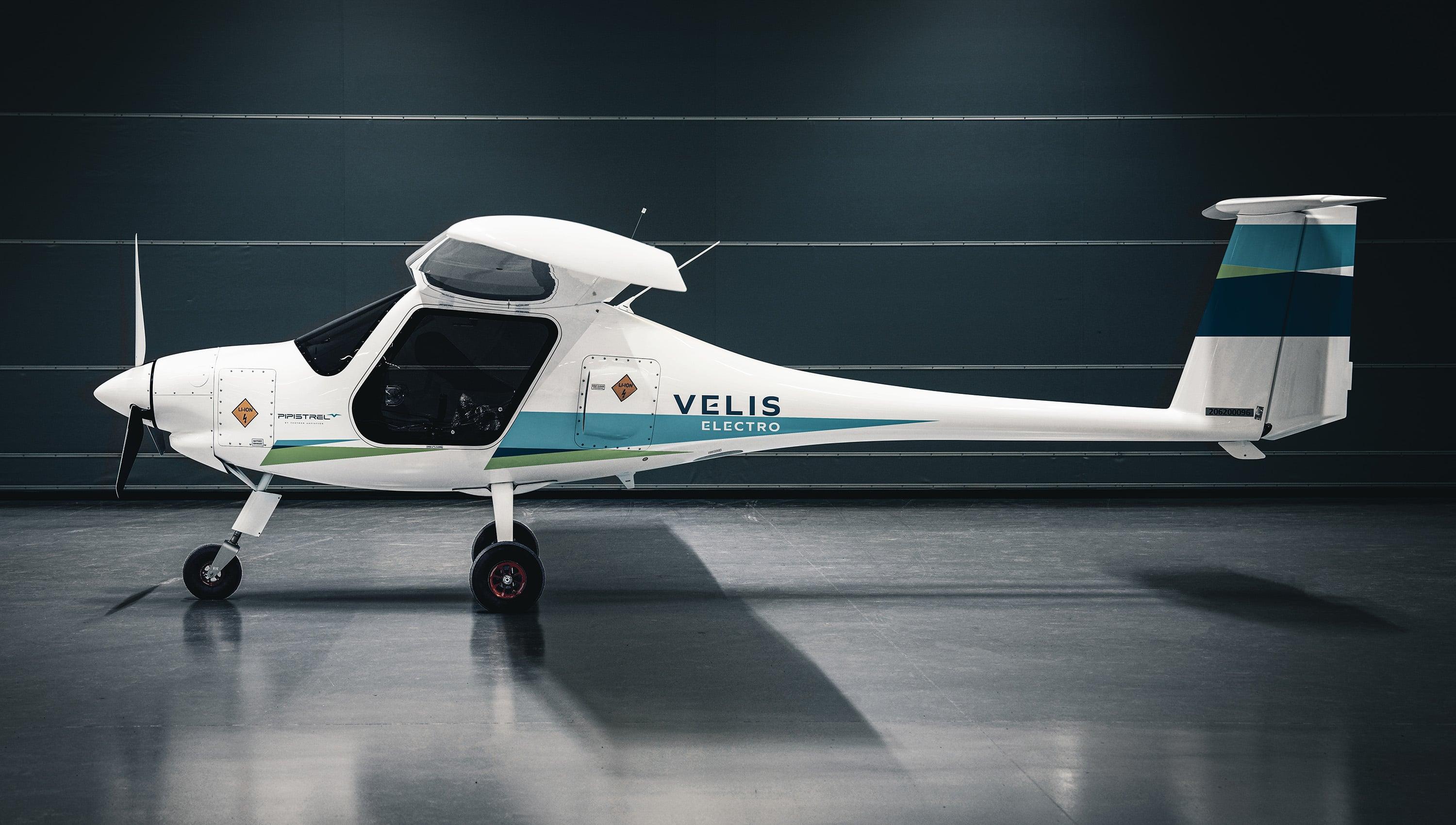
The proposed revamp of the FAA's light-sport rule would open the U.S. market to electric trainers like the Velis Electro.
Credit: Pipistrel
The FAA is proposing changes to the regulations for light-sport aircraft (LSA) that would allow electric propulsion systems and simplified flight controls, in a move intended to increase their suitability for flight training and personal flying. Intended to enable deployment of a new class of lower...
Subscription Required
This content requires a subscription to one of the Aviation Week Intelligence Network (AWIN) bundles.
Schedule a demo today to find out how you can access this content and similar content related to your area of the global aviation industry.
Already an AWIN subscriber? Login
Did you know? Aviation Week has won top honors multiple times in the Jesse H. Neal National Business Journalism Awards, the business-to-business media equivalent of the Pulitzer Prizes.





